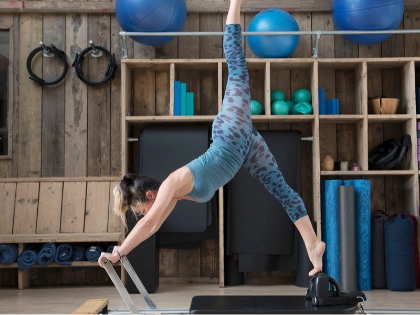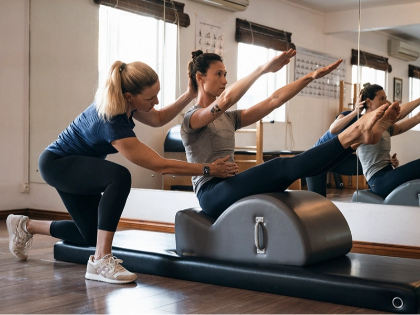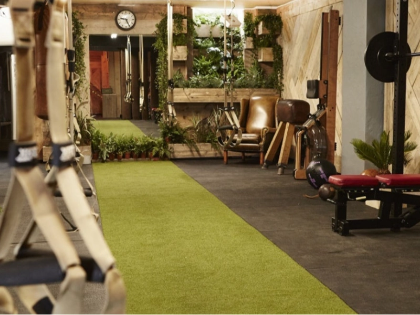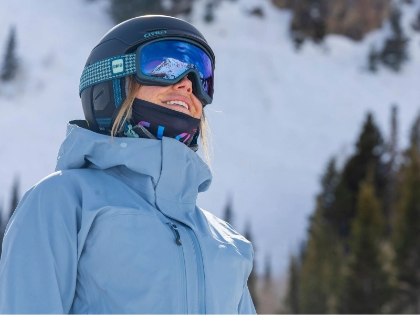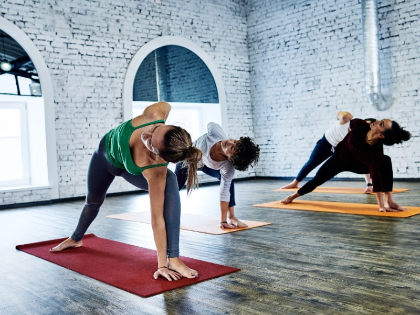MasteringSwitch Skiing: Riding Backwards With Confidence
Learning switch skiing opens a completely different realm of park and pipe techniques. Still, it depends on a strong basis in alpine principles including weight distribution and balance. Look for a level ground with less skier traffic and hone your switch posture. You want your feet staggered and spaced shoulder width apart. Whichever shoulder you gaze over will be your lead foot for skiing.
Stance
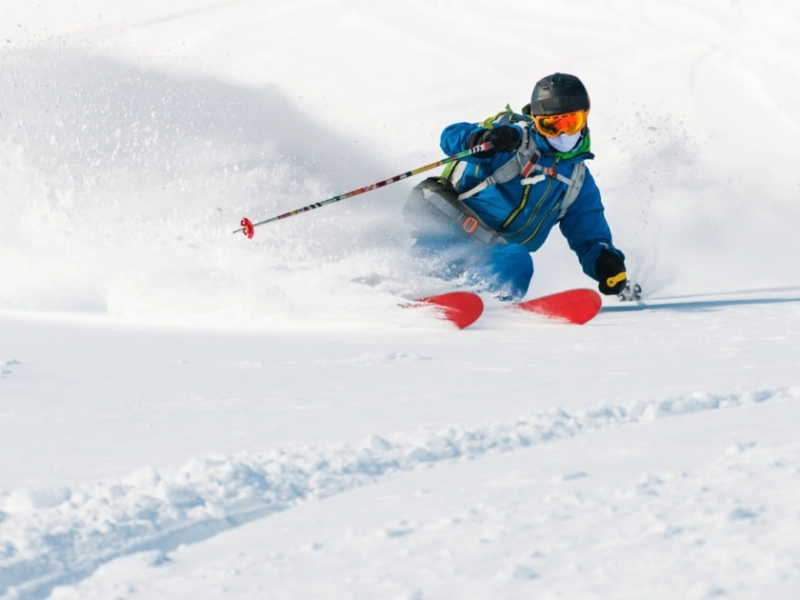
Lead Change
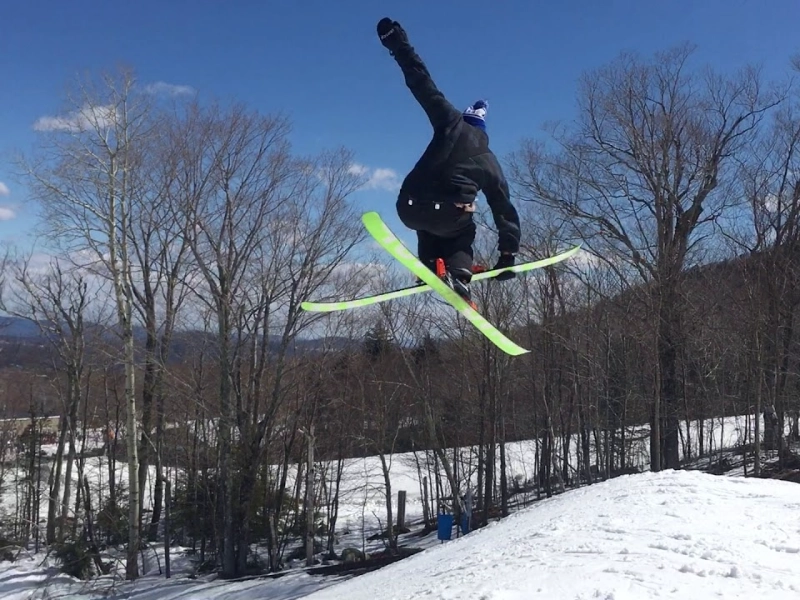 Changing your lead leg from the inside to the outside is the first step towards perfecting switch skiing. Look for a level section of the mountain with less skier traffic and practice here.
This tones the hips and opens your shoulders. It also gets you ready for advanced methods including jumps.
Choosing which shoulder one looks over during each turn is one of the toughest challenges people have while learning to ski switch. Not desirable and can lead to the skis becoming twisted.
Try a J turn over the slope to work on this. Look over the shoulder you wish to turn first, then start turning in a broad J shape. Keep doing this and until it comes natural. Never forget to always wear a helmet and choose a secure area to practice. Fun times!
Changing your lead leg from the inside to the outside is the first step towards perfecting switch skiing. Look for a level section of the mountain with less skier traffic and practice here.
This tones the hips and opens your shoulders. It also gets you ready for advanced methods including jumps.
Choosing which shoulder one looks over during each turn is one of the toughest challenges people have while learning to ski switch. Not desirable and can lead to the skis becoming twisted.
Try a J turn over the slope to work on this. Look over the shoulder you wish to turn first, then start turning in a broad J shape. Keep doing this and until it comes natural. Never forget to always wear a helmet and choose a secure area to practice. Fun times!
Edge Control
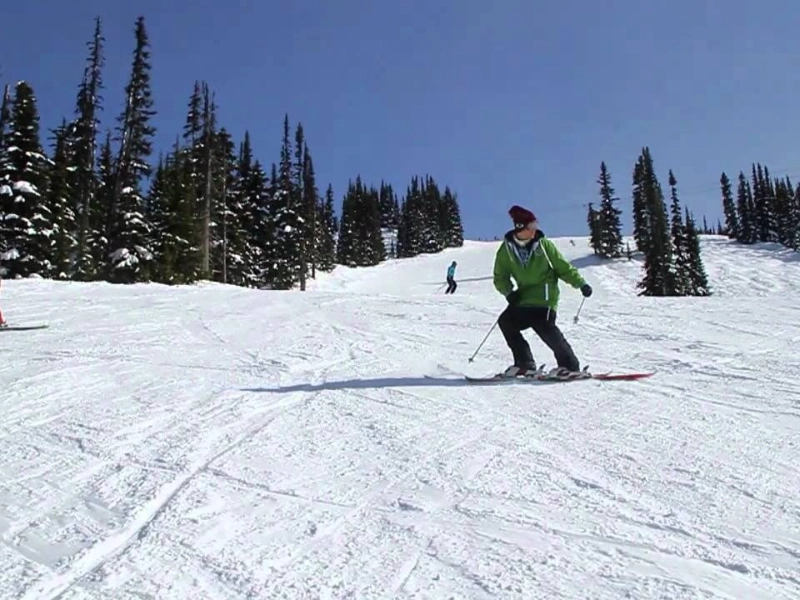 A basic skill of skiing is the ability to go on your edge extremely early; this is even more crucial when you are skiing switch. This is so because, should your edge control be poor, you could find yourself in a wedge when skiing switch.
Look for a somewhat flat route and practice sliding a number of 360s on the snow to increase your edge control during skiing switch. This will enable you to grow your regular and switch turns.
Try to move on to connecting your switches if you feel sure in your posture and are at ease completing a few 360s. This will equip you to investigate more difficult terrain and gnarly ski techniques. Keep working; soon enough you'll be down the mountain like a professional!
A basic skill of skiing is the ability to go on your edge extremely early; this is even more crucial when you are skiing switch. This is so because, should your edge control be poor, you could find yourself in a wedge when skiing switch.
Look for a somewhat flat route and practice sliding a number of 360s on the snow to increase your edge control during skiing switch. This will enable you to grow your regular and switch turns.
Try to move on to connecting your switches if you feel sure in your posture and are at ease completing a few 360s. This will equip you to investigate more difficult terrain and gnarly ski techniques. Keep working; soon enough you'll be down the mountain like a professional!
Weight Dispersal
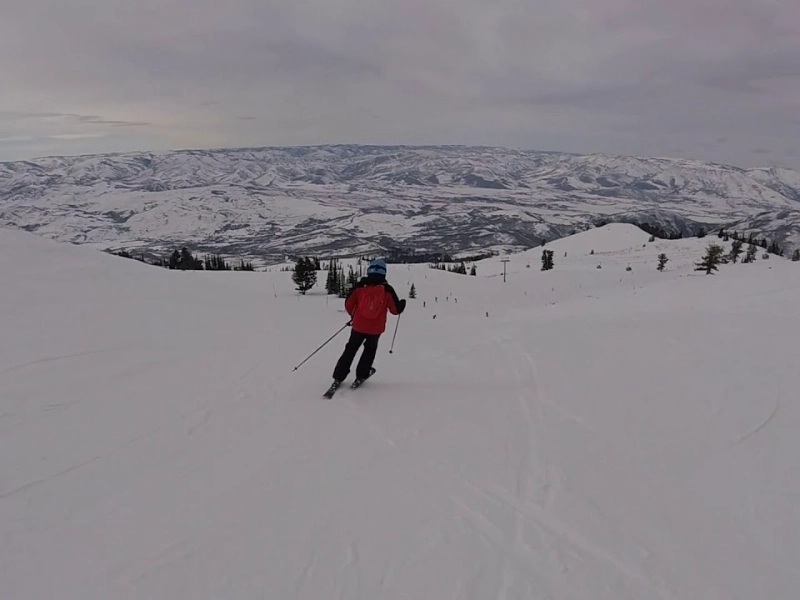 Skiing backwards, sometimes known as skiing switch, calls for a fresh degree of control and balance. Learning this will let you to open new tricks in the park and investigate more difficult terrain.
Practice applying pressure on your outside foot in the stance and glancing over the shoulder matching the direction you are turning to improve your capacity to ski switch. Making sure this is done with the same degree of effort as when you are under pressure on your edge and forward-looking is vital.
Doing J turns—a sequence of turns—is one of the finest strategies to get this better. You cannot develop too much speed, hence these are a bit simpler than a S turn. The secret is to concentrate on grabbing on your edge early and to get the space between the upper body and lower body you use as you are going into a turn.
Skiing backwards, sometimes known as skiing switch, calls for a fresh degree of control and balance. Learning this will let you to open new tricks in the park and investigate more difficult terrain.
Practice applying pressure on your outside foot in the stance and glancing over the shoulder matching the direction you are turning to improve your capacity to ski switch. Making sure this is done with the same degree of effort as when you are under pressure on your edge and forward-looking is vital.
Doing J turns—a sequence of turns—is one of the finest strategies to get this better. You cannot develop too much speed, hence these are a bit simpler than a S turn. The secret is to concentrate on grabbing on your edge early and to get the space between the upper body and lower body you use as you are going into a turn.
